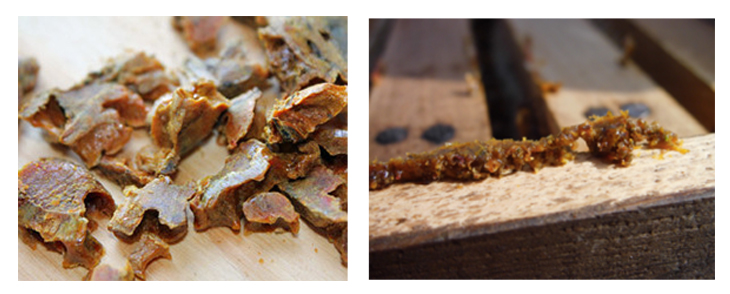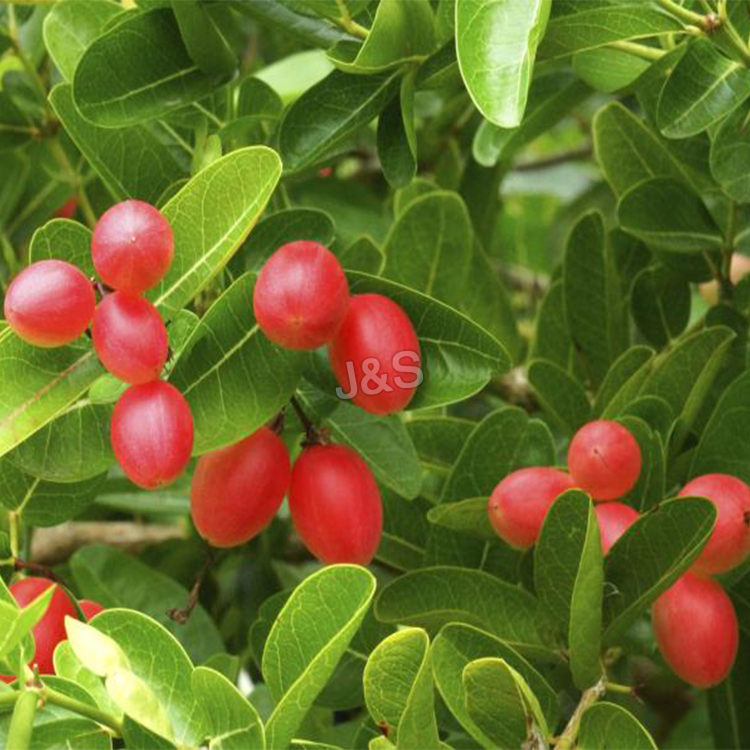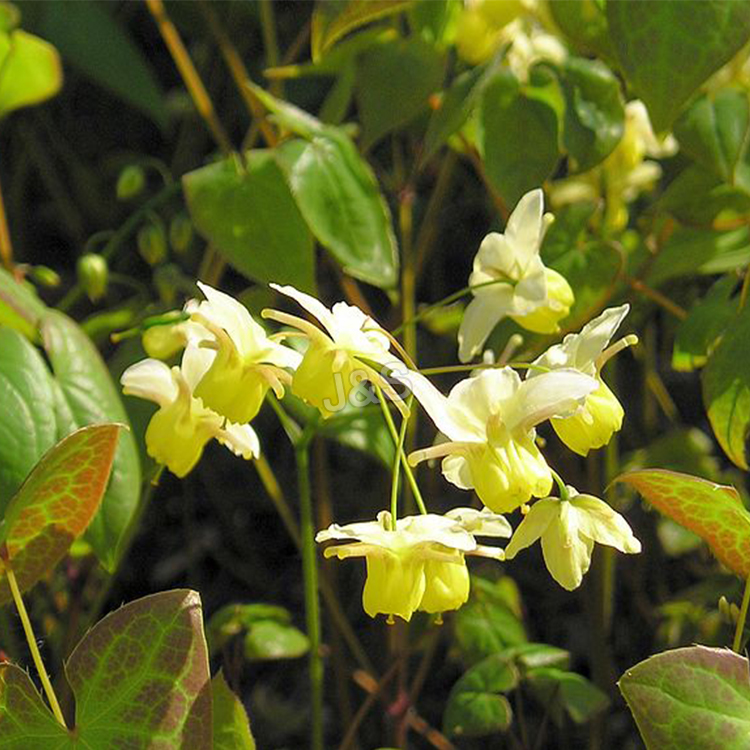Rapid Delivery for Propolis block Factory in Slovak Republic
Rapid Delivery for Propolis block Factory in Slovak Republic Detail:
[Products Name] Propolis block, pure propolis, raw propolis
[Specification] Propolis content 90%,95%
[Gerneral feature]
1. Low antibiotics
2. Low PAHs, can approve to 76/769/EEC/German:LMBG;
3.Organic certified by ECOCERT, according to EOS & NOP organic standard;
4.Pure natural propolis;
5.High content of flavones;
6.Low temperature extracted, retain high activity of all nutritions;
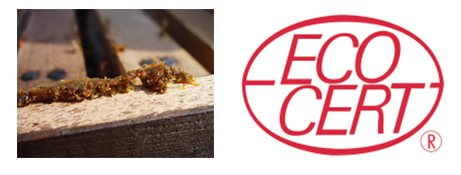
[Packaging]
1. 1kg/aluminum foil bag, 20kgs/carton.
[How to get it]
First, we collect raw propolis from beehives, then extract by low temperature with ethanol. Filter and concentrate, we get the pure propolis block at 90% to 95%.
[Introduction]
Propolis comes from the substance like natural resin, which is collected by the bees from exudates of plants branches and bud the chemical substances of Propolis are found to be various, such as beeswax, resin, incense lipids, aromatic oil, fat-soluble oils, pollen and other organic matter. Studies have shown that the source of propolis resin in material has three types: bees collected plants secreted fluid, secretion in vivo metabolism of bee, and involvement in the process of forming the material.
We can supply Propolis Extract with food-grade and medicine-grade .The raw materiall is came from non-polluting food grade propolis .Propolis extract was made of high-grade propolis. It maintains the propolis effective ingredients during the procedure of extraction under constant low temperature , taking off the useless substances and sterilization.
[Function]
Propolis is a natural product processed by bees mixed with glutinous and its secretion.
Propolis contains more than 20 kinds of useful flavonoids, rich vitamins, enzymes, amino acids and other microelements, etc. Propolis is called “purple gold” owing to its valued nutrients.
Propolis can remove free radical, lower blood sugar and blood fat, soften blood vessels, improve micro-circulation, enhance immunity, anti-bacteria and anti-cancer.
Product detail pictures:
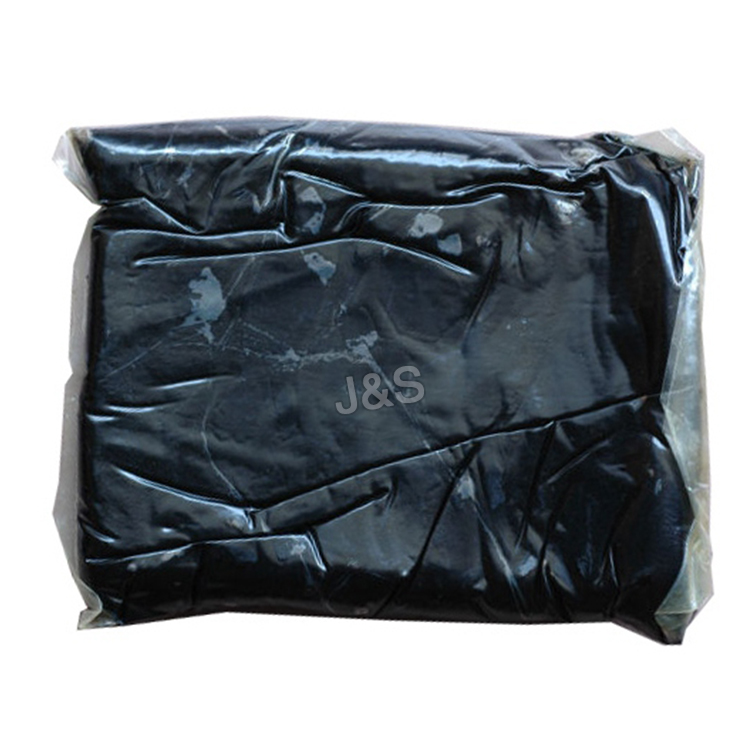
Related Product Guide:
We usually perform being a tangible workforce making sure that we will give you the most beneficial excellent plus the finest selling price for Rapid Delivery for Propolis block Factory in Slovak Republic , The product will supply to all over the world, such as: Vietnam, Algeria, India, Nowadays our products sell all over the domestic and abroad thanks for the regular and new customers support. We provide high quality product and competitive price, welcome the regular and new customers cooperate with us!
Components of the gastrointestinal tract (GI tract) and digestive enzymes. This video and other related animations and images are available for instant download licensing here: https://www.alilamedicalmedia.com/-/galleries/images-videos-by-medical-specialties/gastroenterology-digestive-diseases
Voice by: Sue Stern
©Alila Medical Media. All rights reserved.
The digestive system is composed of 2 main components: the gastrointestinal tract, or GI tract, where digestion and absorption take place; and accessory organs which secrete various fluids/enzymes to help with digestion. The GI tract is a continuous chain of organs where food enters at one end and waste gets out from the other. These organs are lined with smooth muscles whose rhythmic contractions generate waves of movement along their walls, known as peristalsis. Peristalsis is the force that propels food down the tract.
Digestion is the process of breaking down food into smaller, simpler components, so they can be absorbed by the body. Basically, carbohydrates such as sugars and starch are broken down into glucose, proteins into amino acids, and fat molecules into fatty acids and glycerol.
Digestion starts in the oral cavity where the food is moistened with saliva and chewed, food bolus is formed to facilitate swallowing. Saliva is secreted by the salivary glands and contains the enzyme amylase. Amylase breaks down starch into maltose and dextrin which are processed further in the small intestine.
The food bolus is propelled down the esophagus into the stomach, the major organ of the GI tract. The stomach produces gastric juice containing pepsin, a protease, and hydrochloric acid which act to digest proteins. At the same time, mechanical churning is performed by muscular contraction of the stomach wall. The result is the formation of chyme, a semi-liquid mass of partially digested food. Chyme is stored in the stomach and is slowly released into the first part of the small intestine, the duodenum. The duodenum receives the following digestive enzymes from accessory organs:
- Bile, produced in the liver and stored in the gallbladder; bile emulsifies fats and makes it easier for lipases to break them down.
- Pancreatic juice from the pancreas. This mixture contains proteases, lipases and amylase, and plays major role in digestion of proteins and fats.
The small intestine also produces its own enzymes: peptidases, sucrase, lactase, and maltase. Intestinal enzymes contribute mainly to the hydrolysis of polysaccharides.
The small intestine is where most of digestion and absorption take place. The walls of the small intestine absorb the digested nutrients into the bloodstream, which in turn delivers them to the rest of the body. In the small intestine, the chyme moves more slowly allowing time for thorough digestion and absorption. This is made possible by segmentation contractions of the circular muscles in the intestinal walls. Segmentation contractions move chyme in both directions. This allows a better mixing with digestive juices and a longer contact time with the intestinal walls.
The large intestine converts digested left-over into feces. It absorbs water and any remaining nutrients. The bacteria of the colon, known as gut flora, can break down substances in the chyme that are not digestible by the human digestive system. Bacterial fermentation produces various vitamins that are absorbed through the walls of the colon. The semi-solid fecal matter is then stored in the r. until it can be pushed out from the body during a bowel movement.
All images/videos by Alila Medical Media are for information purposes ONLY and are NOT intended to replace professional medical advice, diagnosis or treatment. Always seek the advice of a qualified healthcare provider with any questions you may have regarding a medical condition.
With vitamins and beta-carotenes, antioxidants and alkaloids, and host of astringent properties, the herb eyebright has been used in medicine for centuries. But there is one particular area in which this herb has been the undisputed leader, which is, as its very name makes it apparent, in the treatment and prevention of a significant number of ailments related to the eye. In fact, it is often considered to be the best antidote for any eye related disorder. But because it has a wide range of beneficial compounds eyebright can and is also used to treat a host of other common ailments. However, caution is advised when using eyebright, especially when using it on the eye, as sometimes it can lead to some side effects. Eyebright, unlike a majority of herbs, bears beautiful flowers and so can be cultivated as beautiful garden plants. Even the petals of its flowers can provide excellent medicinal benefits. To know more on what all benefits that you can find from this herb continue pursuing this article.
Benefits Of Eyebright
•It is used to treat the inflammation of the eyes. Various types of eye inflammation like ophthalmia, blepharitis, and stye can be effectively treated by using an eyebright tea as a compress. To make this tea, boil one teaspoon of eyebright herb in one and a half cup of water for ten minutes. Then drain the leaves using a fine strainer and allow the tea to cool. Take a cotton pad and dampen it in the tea and put it on the eye three to four times every day.
•Other eye ailments like conjunctivitis, weeping eye, cataracts, blood shot and strained eyes can be alleviated by washing the eyes with an eyebright tincture. Take two cups of cool water and add five to eight drops of eyebright tincture. You can also boil one teaspoon of eyebright herb in one and a half cup of water. Now strain the liquid in a bowl of rose water. Every four hours wash the eyes with this solution to control the symptoms of eye infection.
•Eyebright is known for its antibacterial and astringent properties. Therefore eyebright can also be used to treat acne and skin irritation. The best way to relieve skin problems is to wash the skin with eyebright tea or apply it on the skin as a poultice. Crush two handfuls of eyebright leaves and flower petals and apply it on the skin. Leave it for twenty minutes and then remove. Wash the skin in the morning. You can also wash the skin with a cotton pad soaked in eyebright tea or tincture. Eyebright oil makes for an excellent face moisturizer that can be applied at night and washed off in the morning.
•Eyebright can also be used to treat various allergies and respiratory problems like cold, cough, stuffy nose and sinusitis. This is because eyebright contains the natural astringent tannins which tighten the mucus membrane. The herb is also rich in flavonoids that defend the body against such ailments. When suffering from problems like these it is recommended to take eyebright tea two to three times a day until the symptoms subside.
•Another important benefit of eyebright is that it can improve the cognitive performance and memory. Since eyebright contains flavanoids and beta-carotene, a regular dose of eyebright tea or powder can improve gradual memory loss.
•Eyebright tea or tincture can help detoxify the liver and protect it from damage if taken regularly. However, this herb should not be taken as a solution to alcoholism. Liver damage through alcohol can only be treated with this herb only if alcohol is avoided and a proper diet is taken.
The article on eyebright benefits will give you all the information related this wonderful herb. Include it in your day to day living and make the most out of it!
a
This manufacturer can keep improving and perfecting products and service, it is in line with the rules of market competition, a competitive company.

